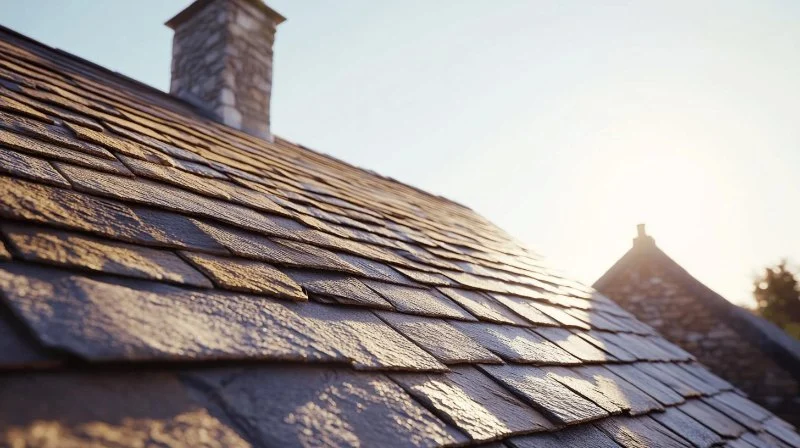
- 1- Why Wind-Resistant Roofs Are Essential
- 2- Best Roofing Materials for High Wind Areas
- 3- Features to Look for in Wind-Resistant Roofing
- 4- Case Study: Roofs That Withstood High Winds
- 5- How to Maintain Your Wind-Resistant Roof
1- Why Wind-Resistant Roofs Are Essential
High winds, whether from hurricanes, tornadoes, or severe storms, can cause significant damage to homes, especially their roofs. The roof is the first line of defense against extreme weather, and in high wind areas, it’s essential to choose roofing materials that can withstand these forces. Poorly chosen roofing materials can lead to costly repairs, insurance claims, or even permanent damage to your home.
In regions where high winds are common, having a durable, wind-resistant roof is crucial. Choosing the right roofing material can significantly increase the safety of your home and prevent structural damage.
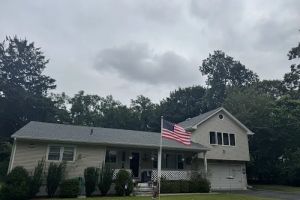
Anthony's Roofing Corp
130 Knickerbocker Ave Suite N, Bohemia, NY 11716, USA
2- Best Roofing Materials for High Wind Areas
When choosing a roofing material for high wind areas, it’s important to prioritize durability, wind resistance, and overall strength. Here are the best options to consider:
- Metal Roofing: Metal roofs are known for their durability and ability to withstand high winds. They are highly resistant to wind uplift and can stay intact even during extreme conditions. Metal roofing options, such as standing seam roofs, are particularly resistant to wind and are ideal for areas prone to hurricanes and tornadoes.
- Asphalt Shingles (with Wind Ratings): While traditional asphalt shingles may not be ideal for high wind areas, upgraded versions with higher wind ratings (such as impact-resistant shingles) can perform well in windy conditions. These shingles are designed to stay in place during storms and provide excellent protection against the elements.
- Clay or Concrete Tiles: These materials are highly durable and can handle strong winds, making them a great option for areas prone to extreme weather. While they are heavy, which contributes to their wind resistance, installation requires a professional to ensure they are securely fixed to the roof structure.
- Slate Roofing: Slate is a heavy and natural material known for its longevity and resistance to wind. It’s often used in historic buildings and can withstand the harshest wind conditions. However, slate is more expensive and requires professional installation due to its weight and fragility.
- Wood Shingles (with Reinforced Installation): While not as commonly used in high wind areas, wood shingles can be reinforced with metal clips or fasteners to improve their wind resistance. They provide a natural aesthetic and can be a good option if properly installed and maintained.
3- Features to Look for in Wind-Resistant Roofing
When selecting a roofing material for high wind areas, there are several key features to consider to ensure your roof can handle the elements:
- Wind Resistance Rating: Many roofing materials are tested for their ability to withstand high winds. Look for products with wind resistance ratings that align with the typical wind speeds in your area. A good rating will typically be around 110 mph or higher for regions prone to hurricanes or tornadoes.
- Interlocking and Fastening Systems: The way the roof is installed and fastened plays a crucial role in its ability to resist wind. Look for roofing systems that feature interlocking panels or shingles, which help keep the roof secure during high winds. Additionally, the fasteners used to attach the roof should be durable and strong enough to hold up under pressure.
- Impact Resistance: Roofs in high wind areas often face flying debris, which can cause damage. Choose roofing materials that offer impact resistance to reduce the risk of damage from falling branches, hail, or debris.
- Lightweight Materials: Lighter roofing materials tend to perform better in windy conditions as they put less strain on the structure. However, the material should also be durable enough to withstand the force of the wind.
4- Case Study: Roofs That Withstood High Winds
One real-world example of wind-resistant roofing is the aftermath of Hurricane Irma in Florida. In areas where homes had metal roofs or reinforced concrete tiles, the roofs stayed intact despite winds exceeding 100 mph. However, homes with standard asphalt shingles suffered significant damage, with shingles being ripped off and leaving homes vulnerable to water damage.
This case highlights the importance of choosing the right roofing material in high wind areas. Those who invested in wind-resistant roofs experienced fewer repairs and less overall damage, proving that proper roofing material choice can make all the difference.
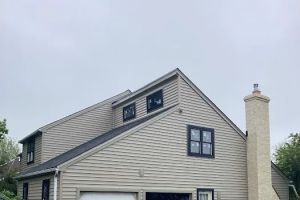
LaBrusciano Roofing & Exteriors
King of PrussiaMontgomery CountyPennsylvania
381 Boro Line Rd, King of Prussia, PA 19406, USA
5- How to Maintain Your Wind-Resistant Roof
Even the best wind-resistant roof needs proper maintenance to ensure it remains effective over time. Here are some essential maintenance tips:
- Inspect for Loose or Missing Materials: Regularly check for any loose shingles, tiles, or metal panels that could be at risk of being torn off during high winds. Ensure that everything is securely fastened and in good condition.
- Clear Debris from Gutters and Roof: Fallen branches, leaves, and other debris can block water flow and damage the roof during storms. Keep gutters and roof areas clear to prevent water buildup and reduce the risk of roof damage during high winds.
- Professional Inspections: It’s a good idea to have a roofing professional inspect your roof after a major storm or every few years. They can spot any potential issues early and make repairs before they lead to serious damage.
Choosing the right roofing material for high wind areas is a crucial decision that can protect your home from costly damage. For expert advice and top-quality roofing materials, visit BeachCo Roofing Hub to find the best options for your home.


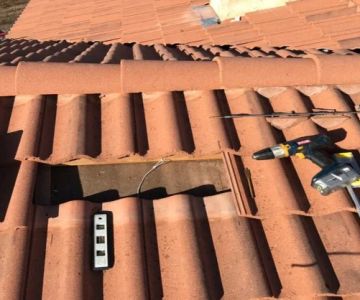
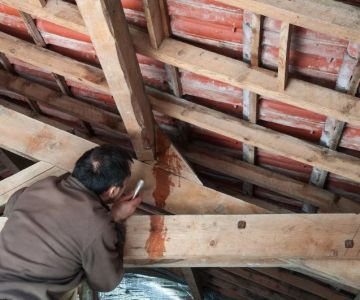
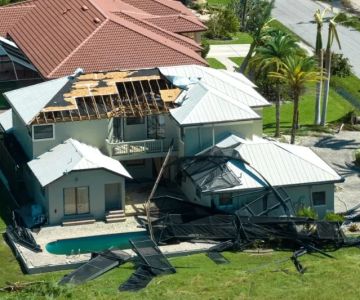
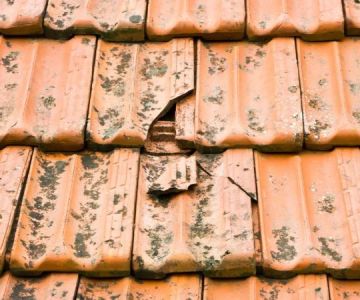
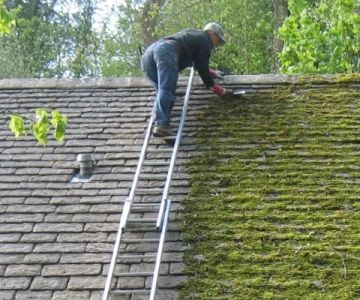
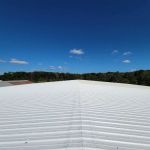 Capital Coating0.0 (0 reviews)
Capital Coating0.0 (0 reviews)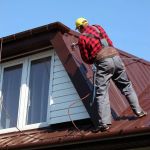 NJ Roofing Franklin Twp0.0 (0 reviews)
NJ Roofing Franklin Twp0.0 (0 reviews) Reliable Roof Systems.0.0 (0 reviews)
Reliable Roof Systems.0.0 (0 reviews) Straub Roofing & Concrete4.0 (8 reviews)
Straub Roofing & Concrete4.0 (8 reviews)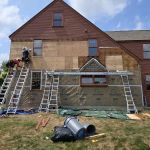 Precision Roofing, LLC4.0 (78 reviews)
Precision Roofing, LLC4.0 (78 reviews)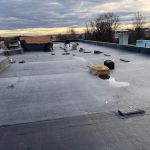 New England Pro Contracting5.0 (12 reviews)
New England Pro Contracting5.0 (12 reviews)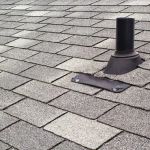 How to Install Roof Vents on a House with a Finished Attic – A Step-by-Step Guide
How to Install Roof Vents on a House with a Finished Attic – A Step-by-Step Guide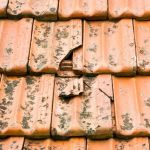 Tile Roof Repair: How to Handle Cracked and Broken Tiles
Tile Roof Repair: How to Handle Cracked and Broken Tiles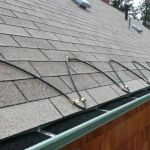 How to Install Roof Heat Cable on an EPDM Rubber Roof
How to Install Roof Heat Cable on an EPDM Rubber Roof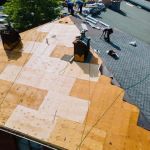 The Cost of a New Roof with a 50-Year Warranty: What You Need to Know
The Cost of a New Roof with a 50-Year Warranty: What You Need to Know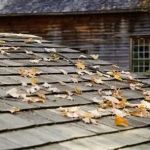 How to Handle Roof Damage Caused by Fallen Tree Branches
How to Handle Roof Damage Caused by Fallen Tree Branches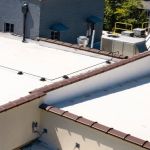 What is TPO Roofing? Benefits and Costs for Commercial and Residential Use
What is TPO Roofing? Benefits and Costs for Commercial and Residential Use